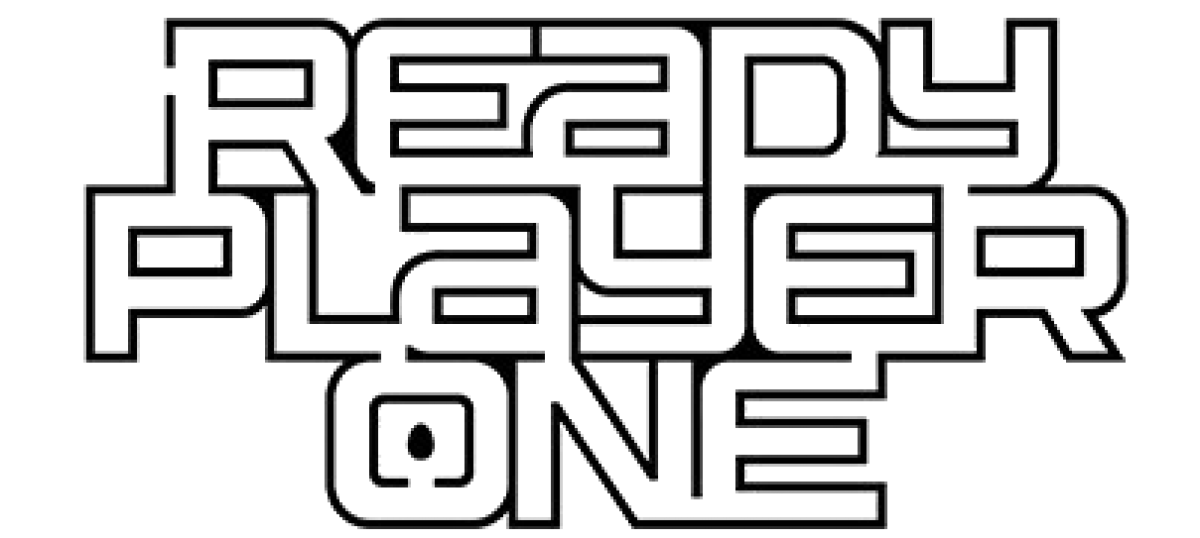Virtual reality (VR) is the future of the education system. Using VR, there is a completely different physical and emotional effect on a person than in real life. These fantasies allow for a new level of experiential learning. In a TEDtalk by Chris Milk he discusses how VR appeals to people’s emotions. Additionally, an online article “VR and its Educational Possibilities”, highlights the benefits to education on both an elementary and collegiate level. Although virtual reality can still have a negative stigma, as all technology does, the potential to be somewhere unattainable in the real world, submerged 360 degrees, allows for an abundance of knowledge that cannot be learned without VR. VR benefits visual learners and gives students a safe place to fail. Because of this, VR should be used in the curriculum as an additional “textbook” when appropriate to each lesson.
As early as the elementary level students can begin to benefit from VR. Using this advanced technology is different than showing a video in class because it completely surpasses the ability of any video. Instead of students being told to a watch a video on say, pyramids in Egypt, they can actually be put in the Egyptian setting and explore the pyramids themselves. In “VR and its Educational Possibilities” Elliot Hu-Au states, “This affordance of VR gives students the ability to construct visual and manipulable objects to represent knowledge, an allowance that traditional learning methods lack.” (Hu-Au “VR and its Educational Possibilities”). Hu-Au is simply suggesting that modern day learning cannot possibly teach students to the depth that VR can.
With that said, this becomes a very convenient method of learning for visual learners. This is where I see the potential in VR. I can read from a textbook over and over again but will not retain as much information as I should. VR gives a visual and interactive approach as opposed to just reading words from a page and that is the kind of learning I can take something away from. Even watching videos in class does not meet my academic needs because there are constant distractions happening everywhere. Using VR in the curriculum instead of showing films where students are asked to take notes, would be a good place to start using this tool. Due to the fact that VR forces students to focus, this makes the lesson independent and blocks out other students in the class and distractions they possess. It is impossible to multitask while immersed in the VR world so all attention is directed towards it and that allows for a stronger comprehension of material.
In addition, students hate failing. Whether they are in first grade or twelfth grade, nobody likes to fail. This can hold some students back from trying and take away their desire to participate. VR gives a safe place to fail. This is because no one is watching, it is strictly the student and the VR world, and it is fake. The failures in VR will have no effect on their life in the real world. Elliot Hu-Au claims, “Research has shown in virtual world-building simulations, low-performing students improved academically more than those learning through traditional methods, even more so than their high-achieving counterparts” (Hu-Au “VR and its Educational Possibilities”). The fear of failure is the exact reason for this additional positive effect of VR. Students do not have to feel pressured or put on the spot and are instead immersed in customized learning environments where they can work at their own pace. In Ready Player One, Ernest Cline states, “No one could even touch me. In the OASIS, I was safe” (Cline 26). This is another example of how a pretend world allows its users to feel safe and protected. There is no possible danger or error bound to happen. There is no stressing that comes from not wanting to “mess up”. In this case, classrooms for students learning at a slower pace, with learning disabilities should incorporate the use of VR into their classrooms to give their students an alternative way to learn that is more interactive.
Even though VR sounds like an unarguable addition to education, it does have its flaws. For example, there are a majority of students who get motion sickness. This becomes a problem when asked to take a wild tour of a VR jungle in science class. I do not get motion sickness but my head did hurt a little bit after using VR for the first time. This is not a reason to abandon the idea of using VR in the curriculum. After using VR a few times I believe students would become accustomed to the new digital learning system. I bet the first class to use computers in the classrooms were uncomfortable and needed time to get adjusted, but now look at the development of computers in education since then. The same process applies for VR. Afterall, Chris Milk claims that VR “has the ability to change the world” (Milk “TEDtalk”). So why deny that possibility?
In conclusion, virtual reality has the ability to enhance education for students of all ages. Aside from the inevitable discomfort of VR at first, it allows for a deeper level of understanding and provides students with experiences unattainable in real life. If VR was to be used in classrooms instead of showing old school videos or reading from textbooks, students would comprehend much more information. Visual learners and slower learners would also have the chance to use the resources that best suit them. Overall, implementing VR into the education system only enriches the learning experience of all students.
